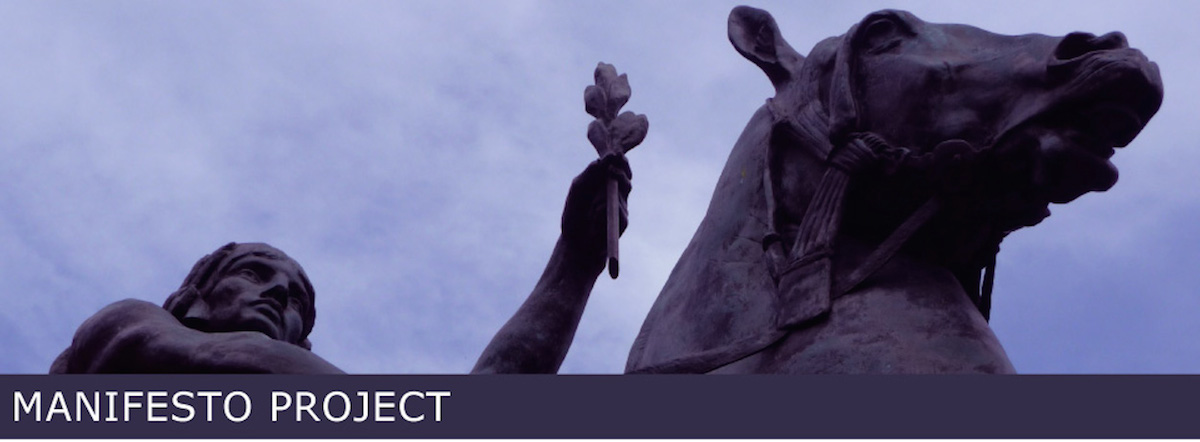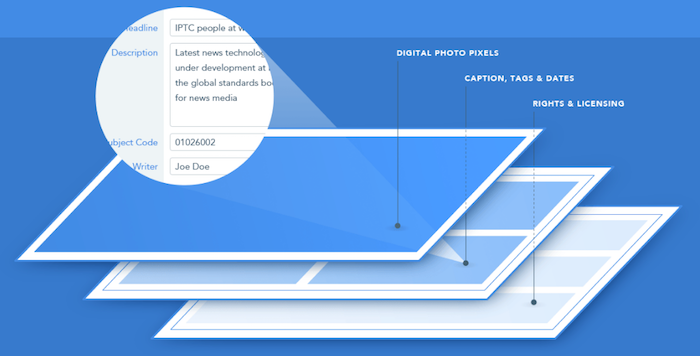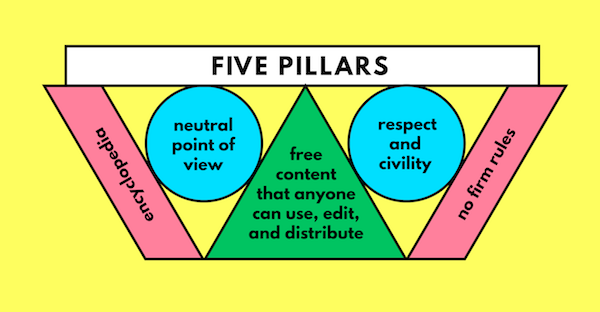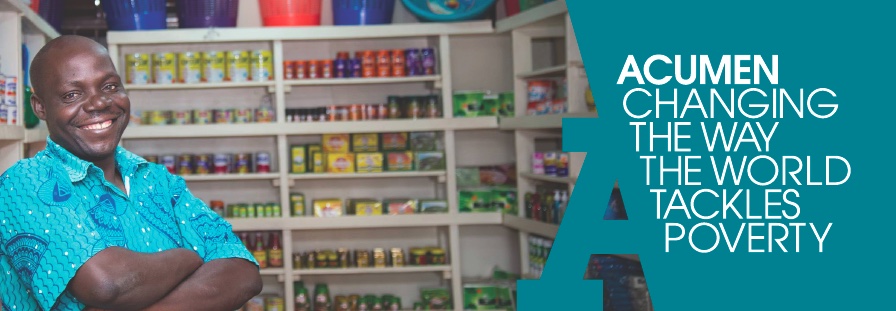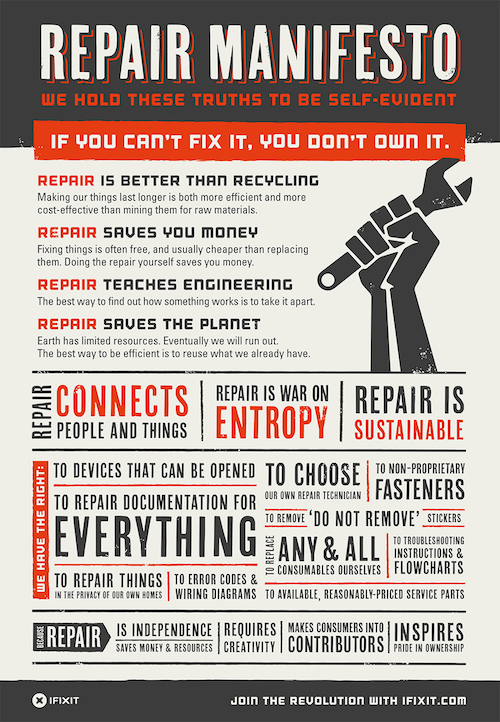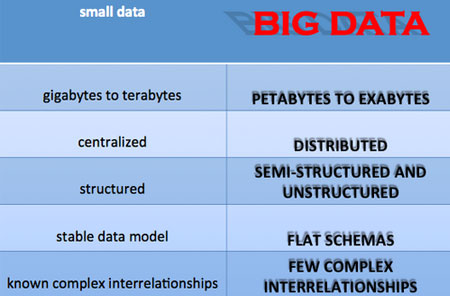Creator
ALL DIGITAL a European association based in Brussels and represents over 25,000 digital competence or training centres. Previously, they were known as Telecentre Europe.
The Digital Competences Manifesto was first presented at the ALL DIGITAL General Assembly in May 2019, and after the extensive consultation with ALL DIGITAL members was adopted by the Board and then presented at the ALL DIGITAL Summit in Bologna on 11 October 2019.
Why We Exist
We focus to support Europeans that have an insufficient level of digital skills. That means that they’re having less chances to find work, to use online services, to have a better quality of life, to be included in today’s society.
What we believe in
We believe that every European should be able to exploit the benefits and opportunities created by digital transformation.
How we work
We empower our member organisations representation non-formal education providers to support millions of Europeans to success in the digital transform by providing them with training and advice.
Purpose
“Digital competences are necessary in all aspects of life, whether they are social or personal, relate to labour or leisure, in any sector, public or private. IMPROVED CITIZENSHIP IS THE PRIMARY AIM OF DEVELOPING DIGITAL COMPETENCES. It is our conviction that the education and training (ET) on digital competences need a more consistent approach and a cohesive European system of delivery. That is why we have worked with our network of digital competence centres and relevant expert organisations on a Manifesto on digital competences.
This manifesto contains a series of key principles and recommendations on how to maximise the impact of education and training, as powerful instruments towards a continuous development of digital competences for the European citizens.”
The manifesto is currently endorsed by 44 agencies from European countries.
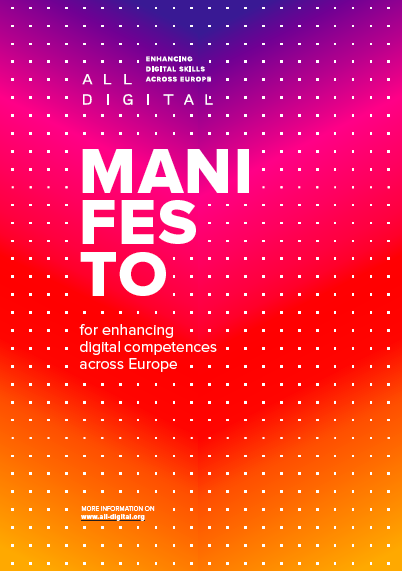
Manifesto
The Manifesto contains a series of key principles and recommendations under five main areas on how to maximise the impact of education and training, as powerful instruments towards a continuous development of digital competences for the European citizens:
1. The education and training offer
2. Access to education and training
3. Quality of education and training
4. European homogeneous validation
5. Sustainability and development
The Manifesto is the result of a grassroots movement in Europe, but we believe it speaks to everyone and everywhere, and ALL DIGITAL is ready to start a dialogue and engage in common actions with partners around the world.
Source
Comment
This is a great example of how I believe organisations should incorporate multiple manifestos into their vision creation and business strategy. (It also fits for individuals.)
The first level is the fundamental and ongoing reasons that underpin the purpose of the organisation. For ALL DIGITAL, they have neatly defined this at three levels:
- Why We Exist
- What we believe in
- How we work
This example is particularly good because these three elements have all been stated in only 1-2 sentences. This shows a clear and precise focus.
The second level is that of a campaign, project or game that translates the reason for being into a direct and typically shorter-term focus – The ALL DIGITAL manifesto.
This includes inviting endorsements and support for their manifesto.
One is enduring and unlikely to change. The other is more specific and usually has a time-frame to achieve a specific outcome.
More
Startup Manifesto – a Europe based call for supporting startups to take advantage of digital transformation
